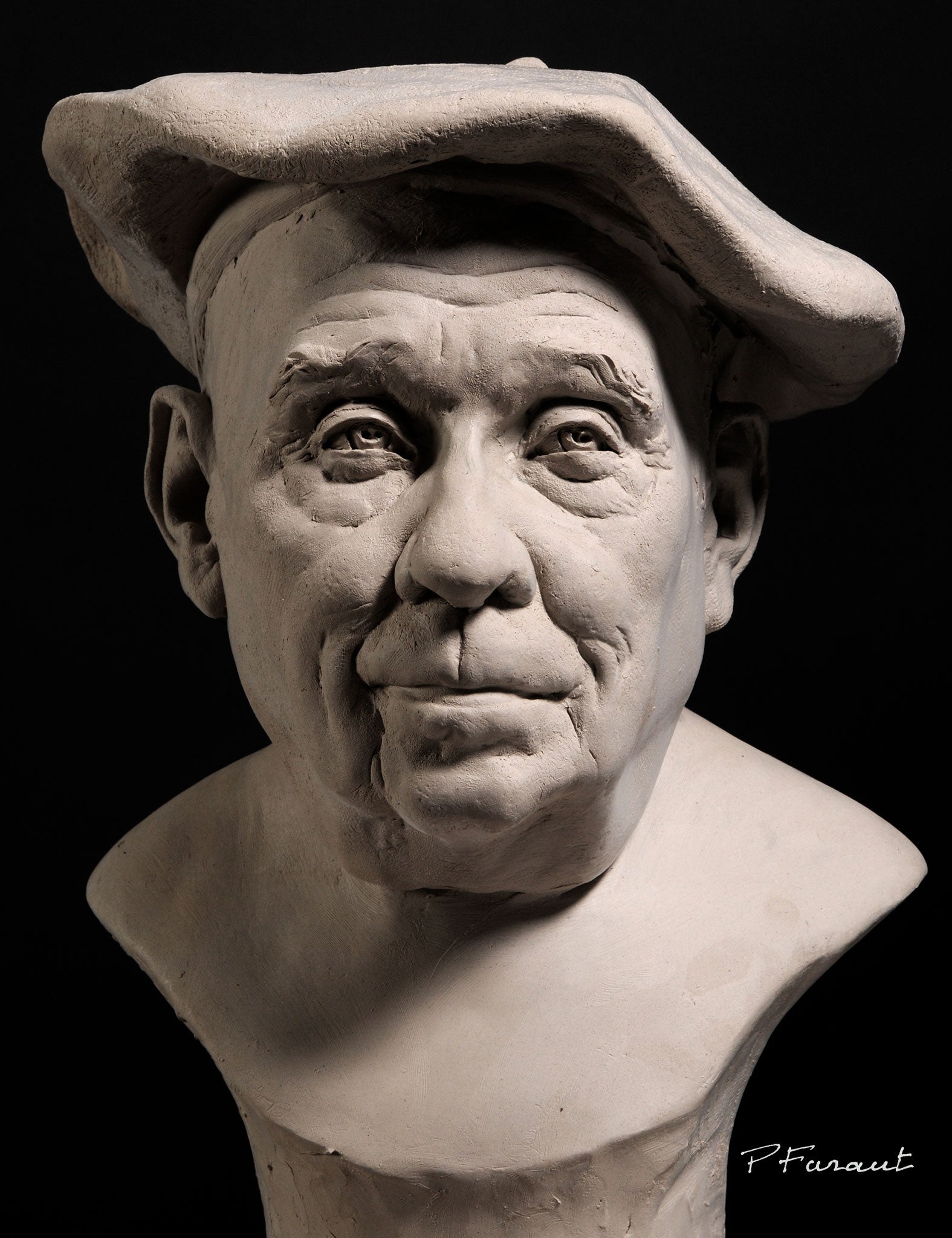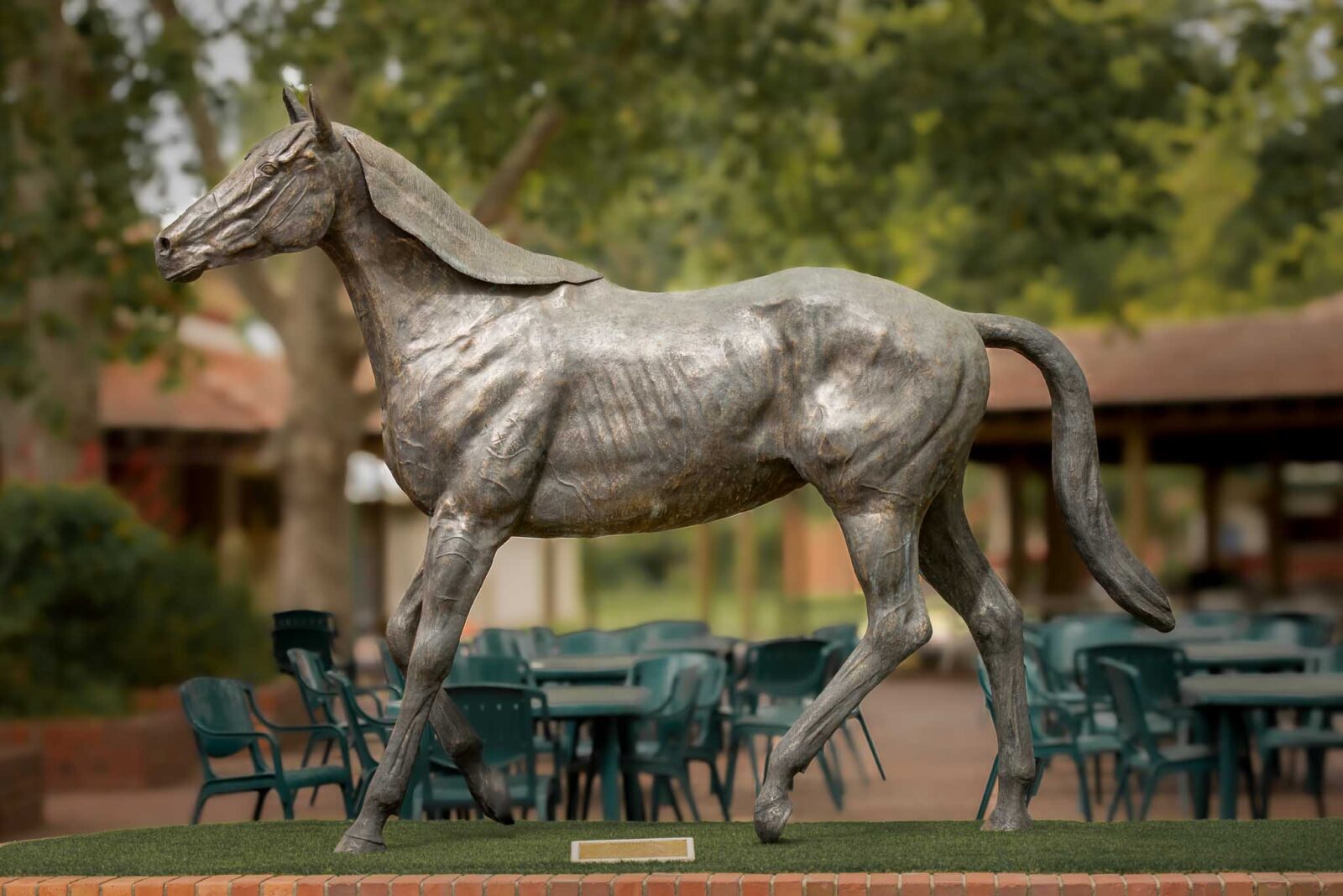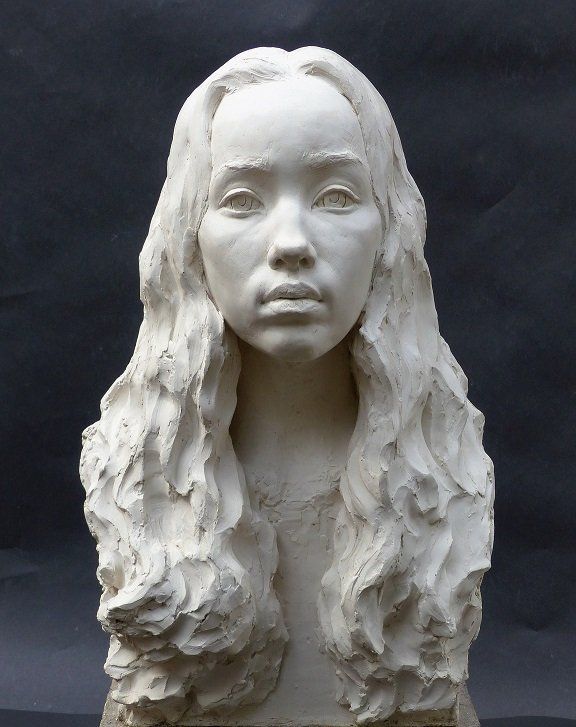Portrait Sculptor: Capturing Essence in Three Dimensions
Wiki Article
Forming the Human Form: Representations of the Body in Sculpture
Shaping the Human Form: Representations of the Body in Sculpture is an extensive exploration of the creative representation of the human body throughout history. From the charming marble sculptures of ancient Greece to the complex work of arts of the Renaissance, from the flamboyant and luxuriant Baroque and Rococo sculptures to the progressive and abstract expressions of modern-day and contemporary sculpture, this exhibit provides a captivating trip through the evolution of this classic art type.Ancient Greek Sculptures

Among the specifying features of Ancient Greek sculptures is their focus on symmetry. Each component of the body is carefully crafted to be in percentage to the entire, developing a feeling of equilibrium and harmony. The carvers paid cautious attention to every information, from the positioning of muscle mass to the positioning of limbs, guaranteeing that each figure appeared both graceful and effective.
The Greeks also valued the concept of idyllic beauty. Rather than showing the imperfections and imperfections of the human type, they sought to create an idealized version of reality. The sculptures often depicted goddesses, professional athletes, and gods, with their bodies formed to excellence. Robert C Hitchcock Sculptor. This idealized portrayal of the human form not just popular physical elegance however likewise functioned as a method of inspiring and boosting the customer.
Renaissance Masterpieces
Proceeding the exploration of the portrayal of the human type in sculpture, Renaissance work of arts additionally refine the idyllic concept of appeal, structure upon the in proportion and unified proportions of their Old Greek precursors. During the Renaissance duration, which covered from the 14th to the 17th century in Europe, artists sought to restore the classical perfects of ancient Greece and Rome. They studied and mimicked the jobs of the old masters, pursuing a realistic depiction of the human body.
His work of art, the sculpture of David, exemplifies the excellence and grace that came to be synonymous with Renaissance art. Standing at over 17 feet high, the sculpture represents the biblical hero in a state of calm prior to his battle with Goliath.
Another notable Renaissance carver was Donatello. His sculpture of Saint George, produced in the very early 15th century, showcases the artist's capacity to share stamina and nobility via the human form. The statuary shows the fabulous dragon-slaying saint in a poised and certain stance, emanating a feeling of heroism.
Renaissance masterpieces not just commemorated the physical elegance of the human body however likewise conveyed much deeper feelings and definitions. With their thorough focus to information and proficient workmanship, Renaissance artists raised the art of sculpture to new heights, leaving an enduring legacy that continues to inspire artists to this day.
Rococo and baroque Sculpture
Rococo and baroque sculpture exemplifies the ornate and elegant portrayal of the human form throughout the 17th and 18th centuries. Artists such as Gian Lorenzo Bernini and Alessandro Algardi created sculptures that communicated movement, often showing numbers in remarkable positions.
Rococo sculpture, on the various other hand, emerged as a response to the grandiosity of the Baroque period. They usually represented figures in graceful and sensual postures, mirroring the easy going and wayward nature of the Rococo design.
Both Rococo and baroque sculpture positioned a fantastic focus on the human type, commemorating its elegance and revealing a variety of feelings - Equine Sculptures. Whether it was the vibrant and effective figures of the Baroque or the stylish and enchanting numbers of the Rococo, these sculptures captured the essence of the human experience, leaving a lasting effect on the art world
Modern and Contemporary Sculpture
The development of sculpting the human kind proceeds in contemporary and modern-day sculpture. Modern sculpture emerged in the late 19th century as a feedback to the transforming political and social landscape.In the 20th century, the increase of abstraction and conceptual art brought new possibilities for sculptors. Musicians like Henry Moore and Barbara Hepworth discovered the connection in between form and space, creating abstracted and organic figures that tested standard ideas of representation. Moore's significant bronze sculptures and Hepworth's carved stone works are celebrated for their ingenious use materials and their ability to evoke a feeling of the body in a non-literal way.
Contemporary sculpture continues to press the boundaries of depiction and discover new materials and strategies. Artists like Antony Gormley and Ron Mueck develop hyper-realistic sculptures that test our perception of the body, while others, such as Louise Bourgeois and Kiki Smith, make use of the body as an allegory for individual and cumulative experiences. The human kind remains an effective subject in sculpture, supplying a system for musicians to discover identity, feeling, and the human problem.
Social Point Of Views on the Body

In the exploration of shaping the human type, the exam of social point of views on the human body discloses a abundant and diverse tapestry of representations and analyses. Throughout history, various societies have held unique ideas and worths pertaining to the body, resulting in distinctive imaginative expressions - Robert C Hitchcock Sculptor. These social viewpoints form the means the body is illustrated and perceived in sculpture, showing societal norms, faiths, and aesthetic suitables
As an example, ancient Greek sculptures commemorated the idyllic human form, highlighting physical appeal and athleticism. The sculptures represented gods, heroes, and athletes with perfectly proportioned bodies, embodying the Greek concept of physical excellence. In comparison, ancient Egyptian sculptures concentrated on the preservation of the body in the immortality, showing figures with get more idyllic functions and rigid postures. The Egyptians thought that the body must be provided in a way that guaranteed its timeless existence.
In a similar way, social perspectives on the human body in African art frequently stress common identification and spiritual beliefs (Equine Sculptures). Sculptures from different African societies depict the body with exaggerated features, symbolizing ancestral connections and social values. Native societies in the Americas additionally have unique perspectives on the body, usually portraying it in a spiritual context and stressing the link in between humans and nature
The evaluation of cultural viewpoints on the body in sculpture permits us to obtain insight into the values, ideas, and aesthetic appeals of different societies throughout background. It highlights the variety of human experiences and the means in which art reflects and shapes our understanding of the human form.

Conclusion
Finally, the portrayal of the human body in sculpture has actually progressed over time, mirroring various artistic activities and cultural perspectives. From the idealized numbers of Ancient Greek sculptures to the reasonable and stirring Renaissance work of arts, and the elaborate information of Baroque and Rococo sculptures, to the abstract and speculative forms of modern-day and contemporary sculpture. The body has been a topic of fascination and imaginative expedition throughout background, showcasing the varied interpretations and expressions of the human type.Shaping the Human Type: Representations of the Body in Sculpture is a thorough exploration of the artistic representation of the human body throughout background. From the exquisite marble sculptures of ancient Greece to the elaborate masterpieces of the Renaissance, from the elaborate and flamboyant Baroque and Rococo sculptures to the avant-garde and abstract expressions of modern-day and modern sculpture, this exhibit uses a fascinating journey via the advancement of this timeless art kind. Musicians like Antony Gormley and Ron Mueck create hyper-realistic sculptures that challenge our perception of the human body, while others, such as Louise Bourgeois and Kiki Smith, utilize the body as a metaphor for collective and individual experiences. The human kind remains an effective topic in sculpture, providing a platform for musicians to check out identity, feeling, and the human condition.
From the idealized numbers of Ancient Greek sculptures to the realistic and emotive Renaissance work of arts, and the elaborate information of Baroque and Rococo sculptures, to the abstract and experimental types of modern-day and modern sculpture.
Report this wiki page